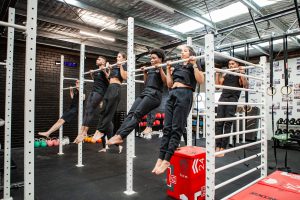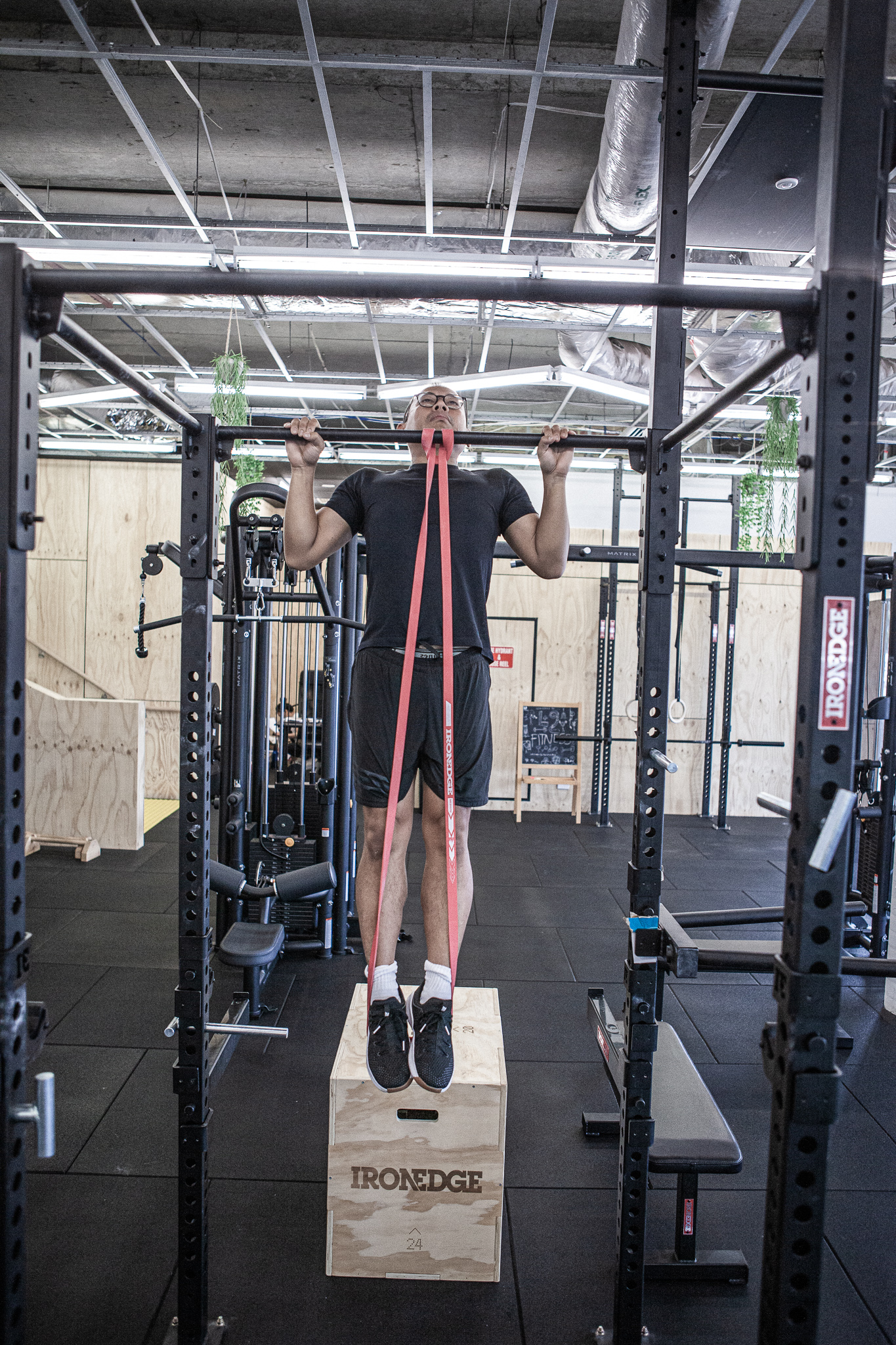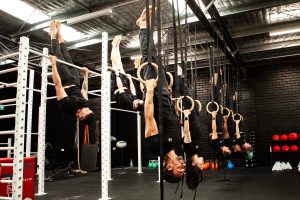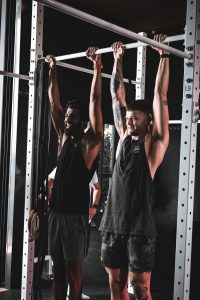
How Long Does It Actually Take to Get a Pull-Up? (With Stats)
estimated Read Time: 3 Minutes Why You Still Don’t Have a Pull-Up Pull-Ups are one of the most misunderstood movements in Bodyweight and Calisthenics training.

estimated Read Time: 3 Minutes
Why You’re Not Progressing — And What to Do Instead
Walk into any calisthenics gym and you’ll see the same setup: bands on the bars, bands on the rings, bands everywhere.
And at first, they feel like the key to unlocking the big skills. Banded Pull-Ups. Banded Ring Dips. Even Muscle-Ups.
But here’s the thing: most people keep using the band long after they actually need it.
It becomes a shortcut. A safety blanket. A way to hit “more reps” without facing the harder question:
Am I actually getting stronger?
In fact, research out of the Brazilian Journal of Sports and Health showed that participants who set goals beyond their current ability — and relied on assistance — were 2.3x more likely to stall. They trained less often, dropped out more, and made weaker progress compared to those who trained within reach.
At L9, we see this all the time.
The band gives people confidence — but also keeps them stuck.
Let’s be real — we hand out bands like lollies. Especially to new members.
They’re helpful. They keep people moving. They remove fear.
But coaches see the other side too.
“The whole band idea… it’s kind of a lie. We give it to you so you feel like you’re doing the thing. So that you stay consistent and show up again. But we know — and you’ll realise eventually — it’s slowing you down.”
— Terence, Founder & Head Coach
“I never had bands growing up. Couldn’t afford them in Brazil. So I had to unlock my planche and front lever raw. No shortcuts. And I reckon that’s why my strength’s so clean now.”
— Ronaldo, L9 Coach & Comp Athlete
“If all your reps are with the band, you’re just getting good at banded reps — not real ones. I’d rather you do five incline rows clean than ten ugly banded pull-ups.”
— Je-an, Coach, L9 Fitzroy
Behind the scenes, we often use bands 80% more than we need to — not because you need them, but because we know it helps with consistency and confidence.
But the goal is always the same: get you off the band as soon as possible, and into real movement.
Bands help you move through the range.
But they remove tension from the most important part of the rep — the hardest part.
That’s where strength is built.
That’s where coordination develops.
That’s where you learn control.
When you rely on bands for every Pull-Up or Ring Dip, you’re skipping the actual adaptation phase.
Here’s what bands can’t teach:
Eccentric control (especially important in Muscle-Ups)
Timing and positioning under fatigue
Stability in deep positions (like in Ring Dips or full ROM Pull-Ups)
They’re useful… but they’re not the solution.
You don’t need more reps with a heavier band.
You need better movement at a level you can control.
That’s why at L9, we built the Evolution system to help members chase real skill progression.
Instead of guessing when to drop the band, Evolution gives you a structured path to follow. You choose a skill — like Pull-Up or Muscle-Up — and Evolution serves up weekly drills designed to build strength, positioning, and confidence without the guesswork.
For example, if your goal is a Ring Muscle-Up, you might progress through:
Ring Rows with tempo
Hollow body Pull-Ups
Deep Dips with ring support
Muscle-Up negatives
Transition drills with a light band
First clean rep, no assistance
Each drill is built to replace the band — not depend on it.
1. Use bands to learn movement — not chase reps.
Once you understand the shape, the band becomes optional. Focus on timing, rhythm, and transitions.
2. Replace bands with smart regressions.
Try:
Box-assisted Pull-Ups (with strict alignment)
Isometric holds at the top of a Dip or Pull-Up
4–6 second eccentrics for real strength adaptation
3. Set your goal in the L9 App and follow the weekly drills.
You’ll find lots of drill options that don’t use the band
4. Ask your coach what you’re avoiding.
A single ugly rep without a band could build more strength than 10 smooth ones with it.
Don’t wait until you’re “ready.” Be willing to struggle a little… some of the times. Everything in moderation.
In 4–6 weeks of training without band dependency, you’ll notice:
Better shape and control
Slower, stronger negatives
Clean reps appearing sooner than expected
And when that first full rep happens?
It’ll feel 10x better knowing you built it without shortcuts.
But remember, we’re not saying NEVER use bands. We’re saying “are you over-doing it?”

estimated Read Time: 3 Minutes Why You Still Don’t Have a Pull-Up Pull-Ups are one of the most misunderstood movements in Bodyweight and Calisthenics training.

Ever wondered what the L9 Program looks like? Probably one of our top asked questions is if the L9 Program right for Beginners and if

You don’t need to train Front Levers to improve your Front Lever. You don’t need to train the Pancake to improve your Pancake. …kind of…

Everyone experiences DOMS (Delayed Onset Muscle Soreness) eventually! Its a side-effect of working out and pushing hard. Essentially your muscles are sore because So what’s